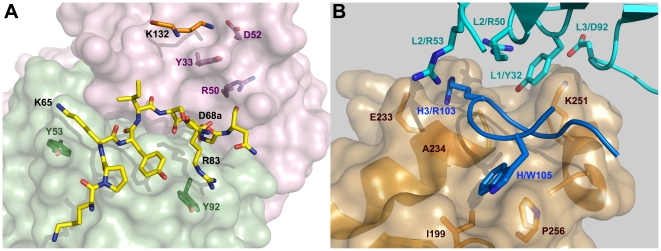Figure 4. Rational design for mutagenesis.
A) Principal residues involved in the the mAb 7C11 epitope on the N-terminal lobe of Bla g 2. The longest consecutive part of the epitope (shown in yellow) interacts with all three CDR of the light chain (surface in green) and has 9 residues (starting at 60) from which two were mutated to alanine (K65 and D68a). K65, R83 and K132 form cation-π interactions with tyrosines Y53, Y92 and Y33 from the mAb 7C11, respectively. The heavy chain of the antibody is shown in lilac. B) Main residues involved in the mAb 4C3 epitope on the C-terminal lobe of Bla g 2. The surface of the allergen, with the main residues involved in antibody binding is shown in gold. The third loop of the heavy chain of the antibody (in blue) includes: a) R103 attracted to the negatively charged E233, and b) W105 that docks into a hydrophobic pocked formed by A234, I199 and P256 in Bla g 2. Residues K251 and Y32 involved in a cation-π interaction are also shown.

